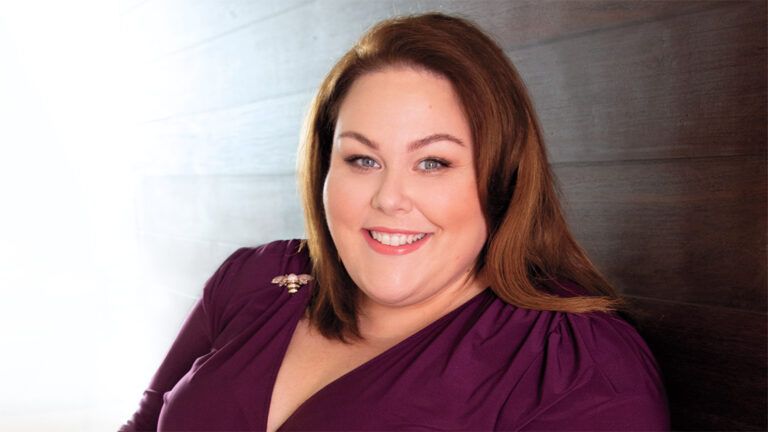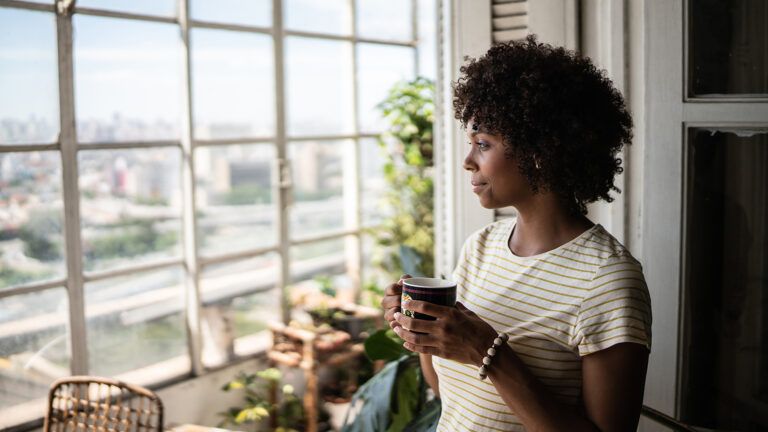Even those with typically sunny dispositions can find themselves feeling isolated and depressed in the winter when life begins to slow down after the rush of the holiday season and the opportunities to socialize or enjoy nature are few and far between.
The comforting news is that if you’ve been feeling a bit depressed these last couple of months, you’re not alone. According to the Anxiety and Depression Association of America, 15 million adults suffer from seasonal affective disorder (SAD) each year.
Guideposts.org spoke with Dr. Lynn Bufka, the Associate Executive Director of Practice, Research, and Policy at the American Psychological Association, to learn more about SAD, who might be at risk for seasonal depression, and how you can cope if you’ve been hit with the “winter blues.”
GUIDEPOSTS: What exactly is Seasonal Affective Disorder?
Dr. Lynn Bufka: We call depression that seems to worsen with winter (and much less frequently, the opposite pattern of worsening in the summer), seasonal affective disorder or SAD. The symptoms of depression—low mood, lack of interest or pleasure, change in weight or appetite, change in sleep and energy—are present but those with a winter seasonal presentation are more likely to have an increase in sleep, appetite and less energy.
GUIDEPOSTS: Is it true that women suffer from SAD more than men?
Dr. Bufka: Research shows that women are diagnosed with depression, and seasonal variations in their depression more than men, however, it’s important to remember that anyone can experience symptoms of SAD or depression.
GUIDEPOSTS: Are certain demographics affected more?
Dr. Bufka: Mental health conditions can affect any individual, but it does seem that younger adults are more likely to demonstrate seasonal variation in depression than older adults. Also, those living in regions with less daylight in the winter—Minnesota compared to Florida—are more likely to manifest a winter pattern of seasonal depression.
GUIDEPOSTS: Can SAD be treated?
Dr. Bufka: A psychologist can help determine if someone has seasonal affective disorder and how best to treat it. Psychotherapy can be an effective treatment for SAD, but others also find benefit from light therapy, daily use of an artificial bright lamp, or antidepressant medication.
GUIDEPOSTS: Are there side effects of treatment?
Dr. Bufka: Psychotherapy, medication and light therapy are generally considered to be safe with fairly minimal side effects. The process of psychotherapy may, at times, be uncomfortable as the therapist and client discuss difficult thoughts and feelings and some medications may have side effects as well. Light therapy is considered generally safe although some individuals may experience eyestrain or headache with use of the bright lamp.
GUIDEPOSTS: How do you know if it’s SAD or a more general depressive disorder?
Dr. Bufka: The pattern of symptoms is what determines whether a person is considered to have depression or SAD. Regardless, if someone continues to experience symptoms through an extended period of time, or becomes more withdrawn from daily activities, then it may be time to seek help from a mental health professional, who can help determine if someone has SAD or depression and what possible courses of treatment might best help.
GUIDEPOSTS: What are some other things people can do on their own to fight SAD?
Dr. Bufka: Maintaining good mental well-being begins with consistent sleep, good nutrition, regular physical activity and cultivating positive relationships. If someone is experiencing symptoms of depression, trying to counter tendencies to isolate and withdraw and instead remain engaged with social activities can be helpful. If your mood seems to worsen with winter, actively being outside during daylight may be helpful to ensure sun exposure. Even going around the block can help. Volunteer in your community. This is a beneficial way to get out of the house and not be cooped up inside all winter. Also, spending time with family and friends is a great way to lift your spirits and avoid isolating one’s self. You can also talk to your loved ones about how the season may be affecting you and why you may be feeling sad during this time of year.





